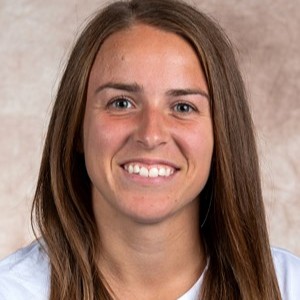The Wellness Assessment Laboratory (Leverton Hall, Room 211) is directed by Dr. Shinya Takahashi and primarily used for classroom education purposes. Here, students study how the human body adapts and responds to physical exercise via fitness testing and health assessment.
The lab is equipped with a portable force plate, bioelectrical impedance (BIA) machine, anthropometric devices, a reflectance photometry blood analysis machine, tri-axial accelerometers, a treadmill, cycle ergometer, free weights, and a power rack.
Research
Analysis of Dietary Intake, Body Composition, Blood Chemistry Profile, Physical Fitness, and Physical Activity Trends in College Students:
In this study we have investigated college students’ dietary practice, physical activity level, physical fitness level, blood chemistry, and body composition. By using the aggregated data from the subjects, the researchers will gain a better understanding of the baseline wellness in college students. In addition, the data will help identify what type of wellness intervention program may need to be developed on college campuses for students. The following measurements were done: anthropometric (i.e., height, body mass, hip and waist girths), body composition, blood pressure, resting heart rate, physical fitness level, physical activity level, dietary practice and blood chemistry data.
Correlations Between Dynamic One Repetition Maximum Squat and Maximum Voluntary Isometric Squat in Recreationally Trained College-aged Individuals:
In this study, we have investigated the relationships between dynamic one repetition maximum (1RM) squat exercise (the maximum amount of weight that an individual can lift only one time) and 4 different knee angles of maximum static squat exercise (the maximum effort to push against an immovable weight training bar) in recreationally trained college-aged individuals. By using the data from the study, the researchers will be able to gain a better understanding of the relationship between the force development characteristics of the dynamic and the static squat exercises. In addition, the data may help identify how much resistance individuals should use when they start the squat exercise based on the forces measured during the static squat exercise without measuring the individuals' 1RMs which is typically a time-consuming process.
Lab Members

Shinya Takahashi Associate Professor of Practice, Associate Department Chair, CEHS Academic Program Lead
Former Lab Members
 |
Carlos GuzmanUNL Gradute, May 2023 |
 |
Emma Worley UNL Graduate, May 2022Currently a PhD Student & Football Sports Science Graduate Assistant at the University of South Carolina. |
 |
Sadio FennerUNL Graduate, May 2024
During his time with UNL, Sadio worked as a teaching assistant for NUTR 100, NUTR 150, and NUTR 488. In the fall of 2024, he will be attending Florida State University pursuing a doctorate in Exercise Physiology. |
 In the News
In the News
Mind, body and spirit: Deb Gray shows how to have a healthy balance
Study suggests fitness and iron deficiency linked to GPA
Scientists figured out how much exercise you need to "offset" a day of sitting
 Selected Publications
Selected Publications
2019
Murphy, C., Takahashi, S., Bovaird, J., & Koehler, K. (2019). Relation of aerobic fitness, eating behavior, and physical activity to body composition in college-age women: A path analysis. Journal of American College health. doi: 10.1080/07448481.2019.1647210Garcia AS, Takahashi S, Anderson-Knott M, Dev D. Determinants of physical activity for Latino and white middle school-aged children. J Sch Health. 2019; 89: 3-10. doi:10.1111/josh.12706






